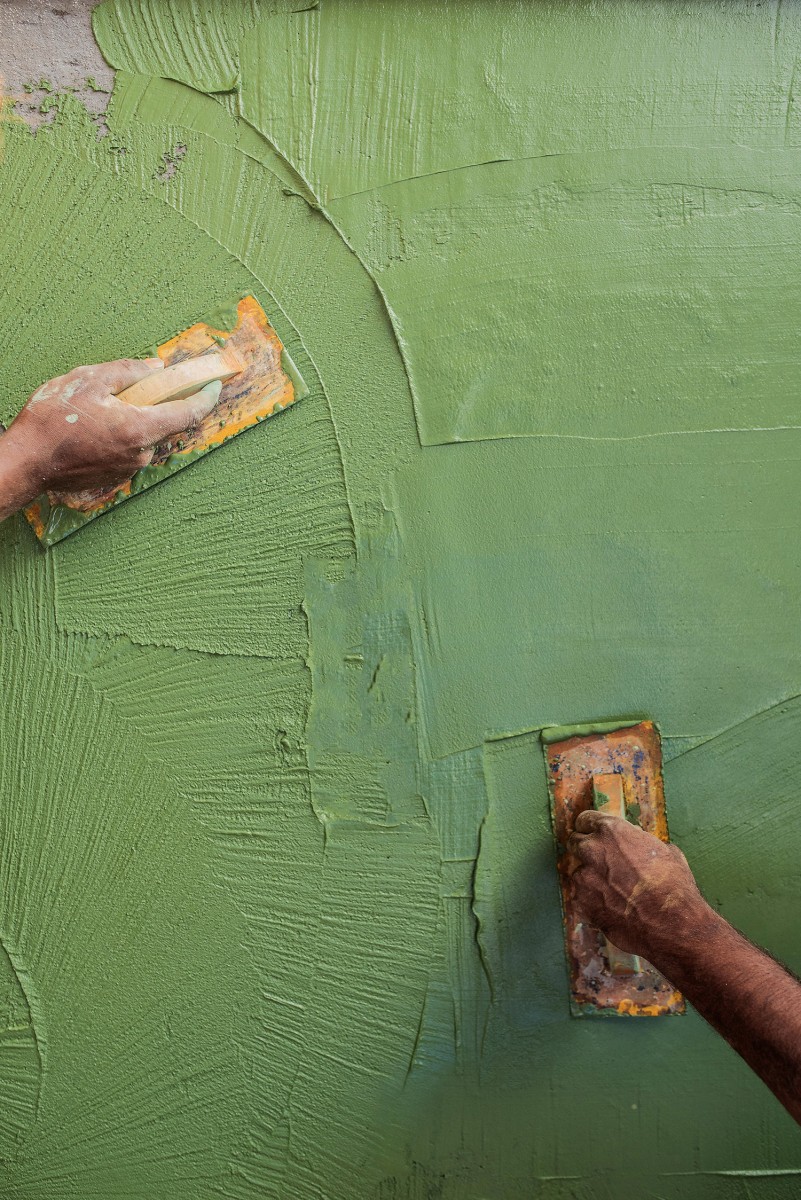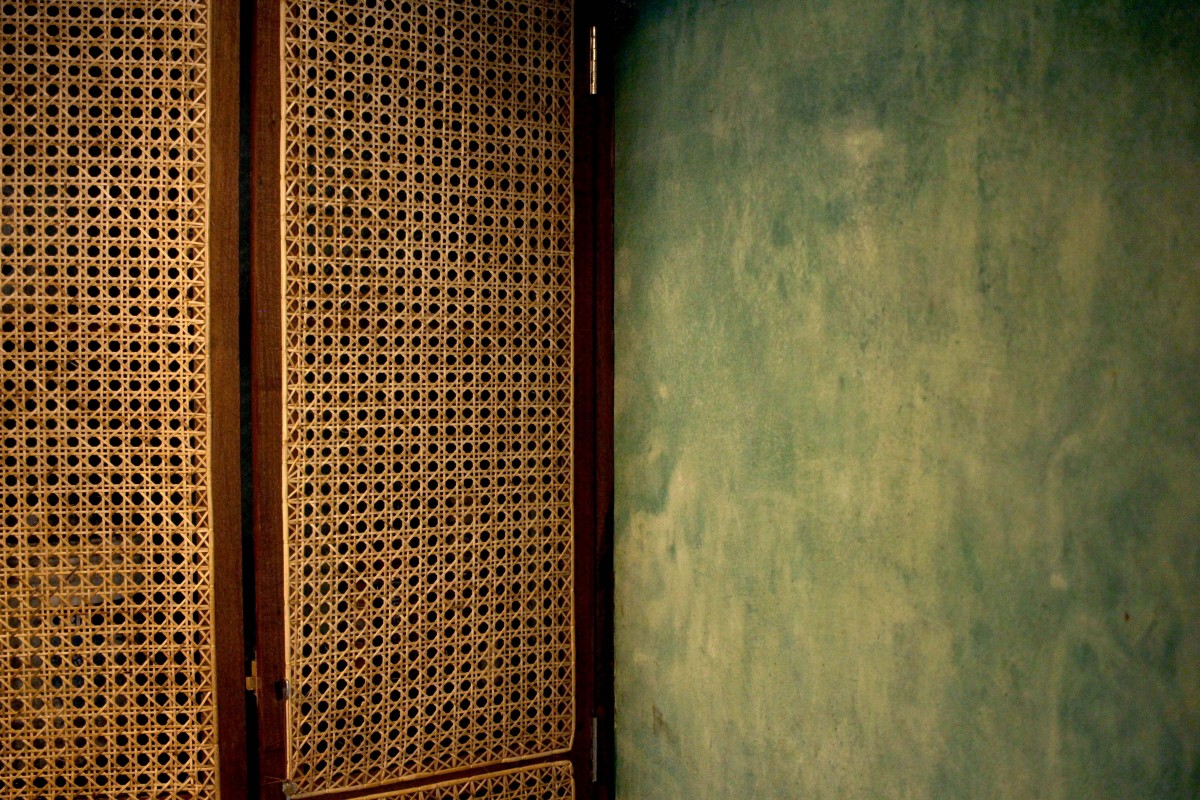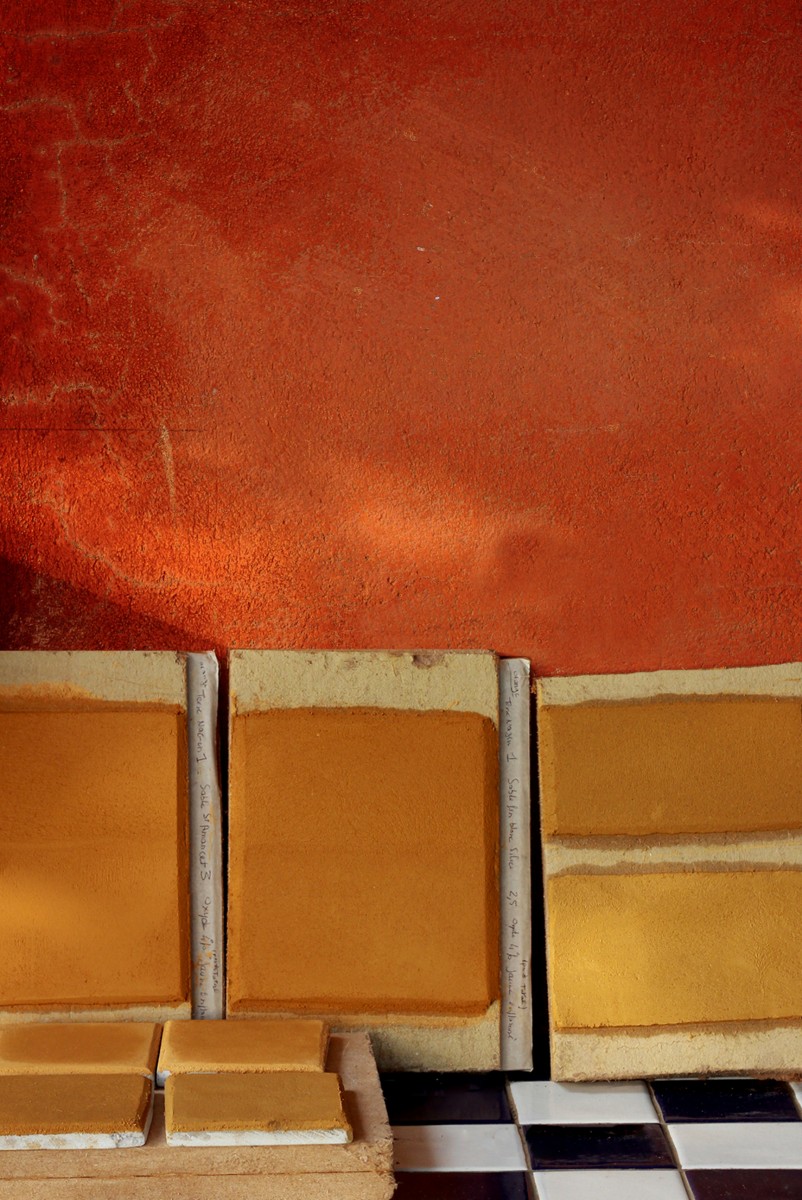What are natural finishing plasters?

Natural plasters and finishes are eco-friendly. They are made mostly of materials directly available in nature and which require little or no energy for their processing. They are therefore more healthy. They can be categorised into two families: lime based finishes and clay based finishes. Lime and clay are both binders; and can be considered as the flesh of plasters; holding the rest of the materials together. Sand, stone dust, recycled building materials or natural fibres are mixed with them in different proportions to give a structure or a skeleton to the plaster.

The Components of a Natural Plaster
Clay is the smallest particle in the composition of soil which, when in contact with water, becomes malleable and can be mixed with other materials such as sand or fibres. It has an extremely high binding capacity. Clay based plasters naturally regulate humidity and temperature, they are very malleable and can be easily refinished if damaged. They will withstand splashes of water but cannot be exposed to running rainwater. They are very well suited for interior spaces.
Lime is obtained by firing limestone. It is a traditional material produced all around rural India and can be used as a replacement of cement to obtain waterproof plasters. Lime based finishes are also suitable for external walls as well as internal spaces that are humid, such as kitchens and bathrooms.
Stone dust is the replacement to river sand in traditional plasters. Unlike river sand that is mined from ecologically sensitive areas, stone/quarry dust is crushed and powdered granite chips, a byproduct of the stone mining industry. It is an aggregate within the plaster mix and provides it’s skeletal structure. The particle size of the stone dust can be graded and allows us to control the thickness and texture of the plasters.
Additives are numerous and can be added to the plasters to improve some of their properties such as making them more workable, more water resistant, making them stronger or changing their colour, etc. We use natural ochres and oxide pigments for colour. Natural soaps are used to improve workability and water resistance of the surface. Fibres are added to improve tensile strength and add a beautiful texture, The bio-polymers that result from the fibres also improve the workability and the water resistance of the plaster. Natural oils are applied as a surface coat to make the plasters water and stain resistant.


Natural Plasters and Well-being
The materials that we use in the making of our interior spaces have a big impact on the quality of the air that we breathe. A lot of materials that are used regularly in our buildings such as paints, varnishes, glue, laminates, etc release volatile organic compounds (VOC) into the space. Continuous exposure to such compounds will have an ill-effect on our health, and most certainly, on the health of the people involved in the construction and making of the building. The use of natural paints and plasters eliminates exposure to VOC. In fact, they have a positive impact on the air since they help in the regulation of humidity, temperature and also have antifungal properties.
Breathability and Regulation of Humidity
Our buildings need to breathe! Human activities generate a lot of humidity (cooking, bathing, breathing, sweating) which needs to be evacuated out of our living spaces. Generally this is done through mechanized ventilation (exhaust fans) or natural ventilation (ventilators or windows, when the climate allows it). However, in the case of high moisture content in the air, one will still experience some physical discomfort. Additionally, one may witness the appearance of mould on the walls, peeling of paints etc. Clay and Lime based plasters have the natural ability to absorb this excess of humidity in the air. This moisture is captured and released when there is less humidity in the room during its usage cycle. This property is also believed to enable the plaster to remove certain odours from the air within our homes.
Insulation and Temperature Regulation
The capacity of natural plasters to absorb ambient humidity and to release it is much like an evaporative cooling effect, like our matka! The possibility of adding fibres in the plaster mix can also help in reducing heat gain. These fibres in the plaster increase the thermal resistance of the wall on which they are applied and act as effective insulation. This would help prevent heat gain during the hotter seasons and prevent heat loss during the cooler months.
The Aesthetics of Natural Plasters
Natural materials are truly unique! By virtue of their materiality, they capture the nuances of the hand of the artisan. They settle on different surfaces differently, and are varying in hue, tone and volume. These nuances of shade and texture are celebrated in natural plasters. The plasters we make are inspired from plastering techniques all over the world. From our very own chettinad egg white plasters, the japanese plaster in the east to the reflective tadelakt of morocco, traditional natural plasters have inspired us to curate our own contemporary language.